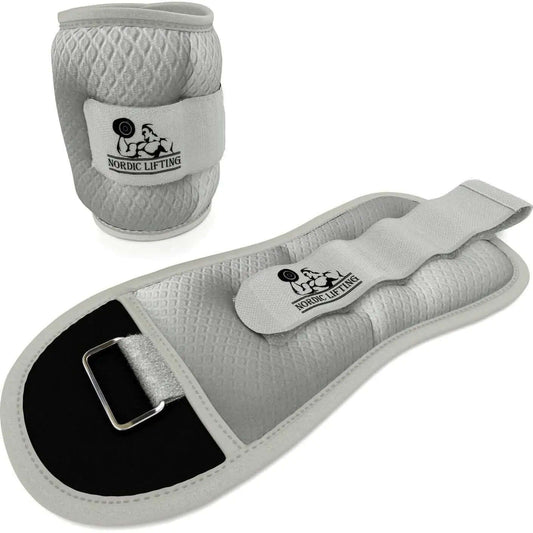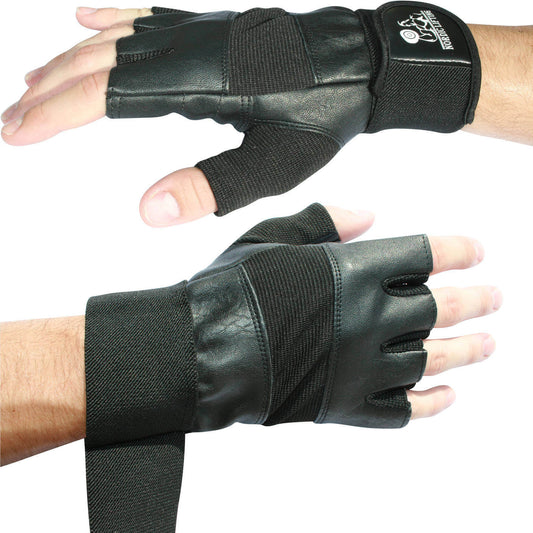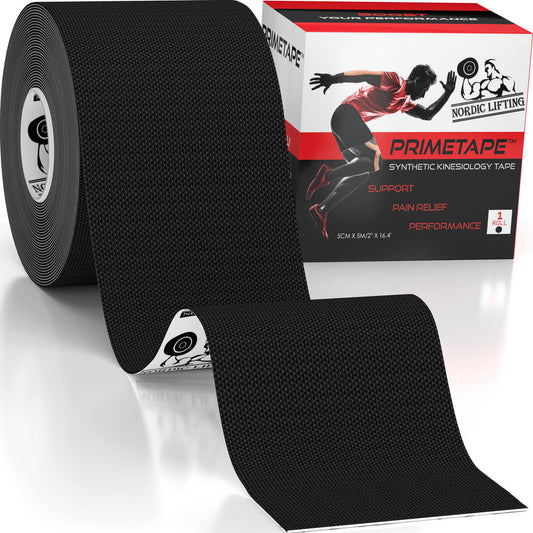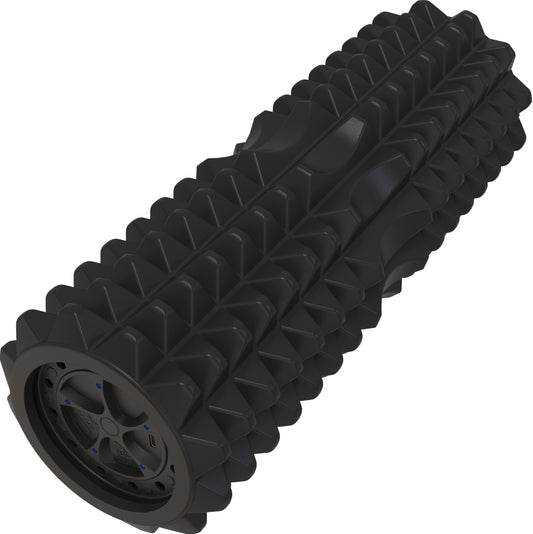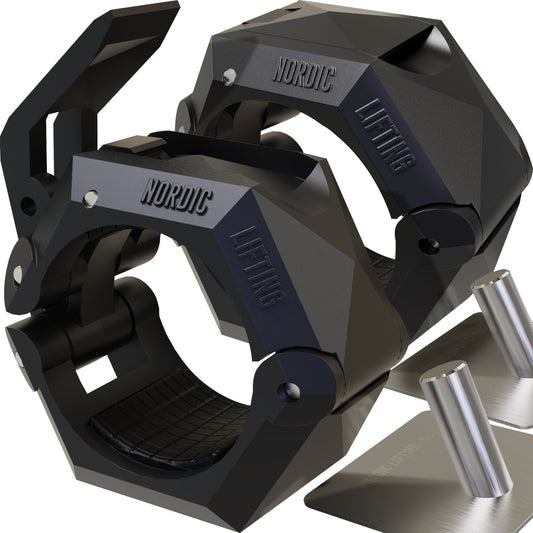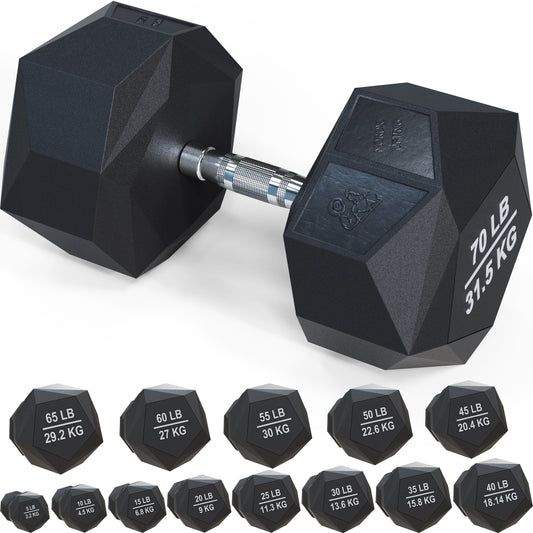
While most of us might opt to use heavy ones right away, we have to remember that the heavier the weight, the higher the chance of incurring injuries while doing the workout. But using light ones, on the other hand, aren’t usually enough to strain the muscles and strengthen them.
So, what’s the most ideal weight to lift? You definitely don’t want to get hurt, but at the same time, you want to experience optimal results from your training.
This article will discuss everything that you need to know about choosing the most appropriate weight to lift:

The Basics of Lifting
Before you even start your weight training, fitness trainers advise newbies to master the routine first with just their body weight. In other words, before you try deadlifts or barbell back squat, consider learning how to perform a perfect air squat. And once you mastered it, you can now start adding weights in your routine.

Choosing the Right Weights
There's actually no exact weight for each person, but there are some rules that can help you be certain that the weight you're using isn't just too heavy or too light. Here are some guidelines that you can follow:

* A weight is too heavy if you struggle to maintain proper form.
One way of knowing if the weights that you are lifting are already too heavy is when you are unable to perform a particular routine with proper mechanics and form. The ideal weight should be able to make you maintain the proper form until your last rep. If you are struggling to maintain it and if you are having a hard time completing the number of reps, then that only means you are lifting too heavy weights.

* A weight is too light if you don't start to struggle after several reps.
The weight you've chosen is just too light if you finished your reps like a breeze. If you think that you haven't really felt tired and exhausted after the routine and you still have the energy to spare, then that means you need to upgrade your weights because they are too light and they aren't making your muscles stronger.
According to Cori Lefkowith, founder of Redefining Strength, you should be able to feel the work right after the first rep. So, if you it was just too easy, then that's definitely too light.

*Not all weights have the same effect .
There are several types of weights that are used in the gym such as kettlebells, sandbags, and barbells – and although they are all created to make the muscles stronger, they are basically different from each other. Dumbbells have stable weight since plates are attached on each side, but sandbags aren't. When you move, the sand inside it will also shift making your workout even harder.
So, if you are able to lift a 20-pound dumbbell without sweating, you might find it a little challenging to do that using a sandbag.

*Ultimately, it's all about listening to your body.
Whether you go for a 10-pound weight or a 20, it really boils down on your level of experience. For newbies, it's also a good idea to practice the proper form first before increasing the weights. And once you feel that your body is ready for a new challenge, then you can now upgrade your weights. Don't hesitate to try different kinds of weight because finding the right ones requires some trial-and-error process too.
Figuring out how much your body can handle often requires a trial and error process. It also involves learning the proper form, listening to your body, and keeping a balance rest and exercise interval. Always consider your safety, your experience, and your body when choosing the right weight for your training. Bring it on, people!







